Cultural Preservation in Tourism
Cultural preservation in tourism refers to the deliberate efforts made to safeguard, celebrate, and sustain the unique heritage, traditions, and identities of communities in the face of increasing travel and globalization. As tourism continues to grow and bring diverse groups into contact, it both poses challenges and offers opportunities for cultural preservation. The goal is to strike a balance between welcoming visitors and maintaining the authenticity of local customs, languages, arts, and sites. With sensitive planning and genuine engagement, tourism can become a powerful vehicle for cultural sustainability and pride, ensuring that future generations inherit a vibrant and living heritage.
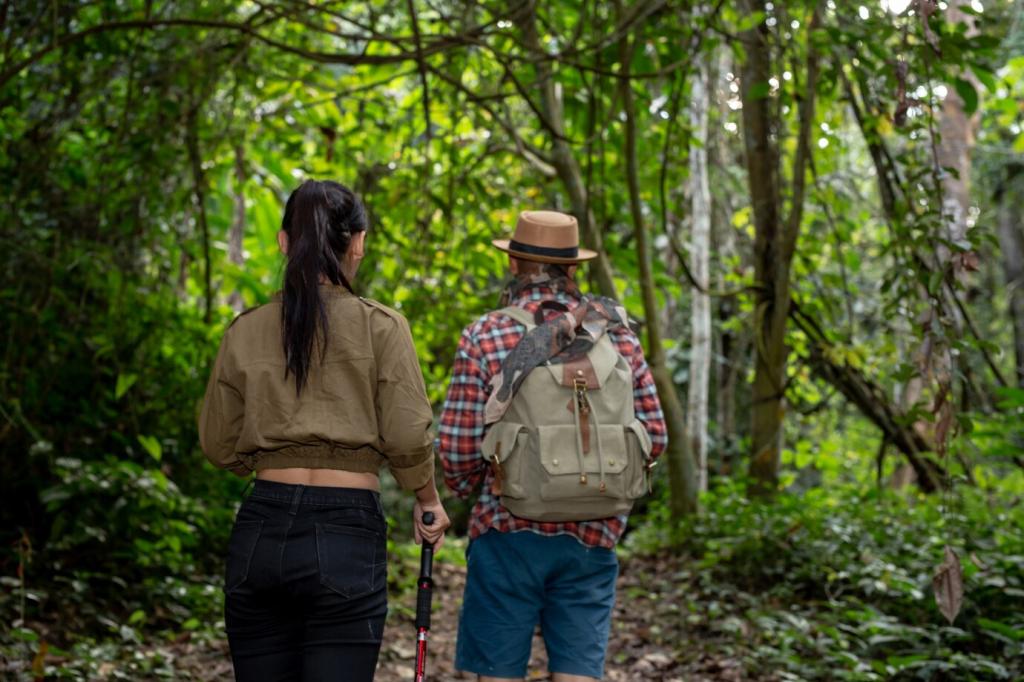
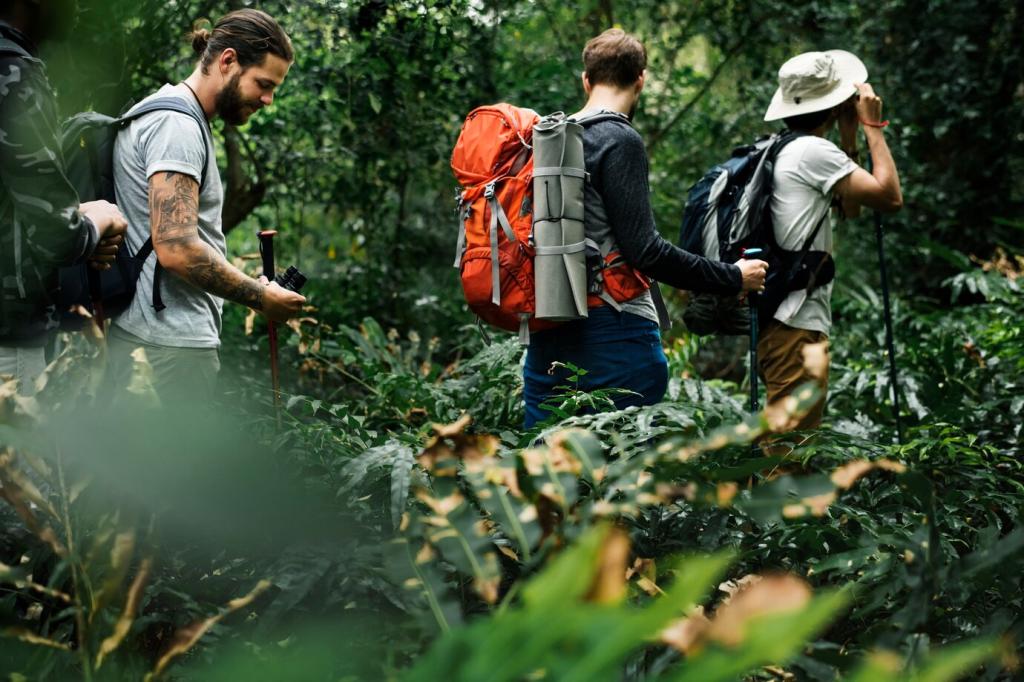
Traditional festivals, performing arts, crafts, and ancestral knowledge are often at risk of disappearing as globalization and rapid development take hold. Tourism can provide a means of revitalizing these practices by offering them a new audience and economic support. However, it is crucial that this exposure does not commodify or distort their original meaning. Achieving this balance requires close cooperation with the local bearers of culture, ensuring that what is shared with visitors is authentic and respectfully presented. Through careful stewardship, tourism can become a channel for communities to pass down cherished customs and instill pride in younger generations.
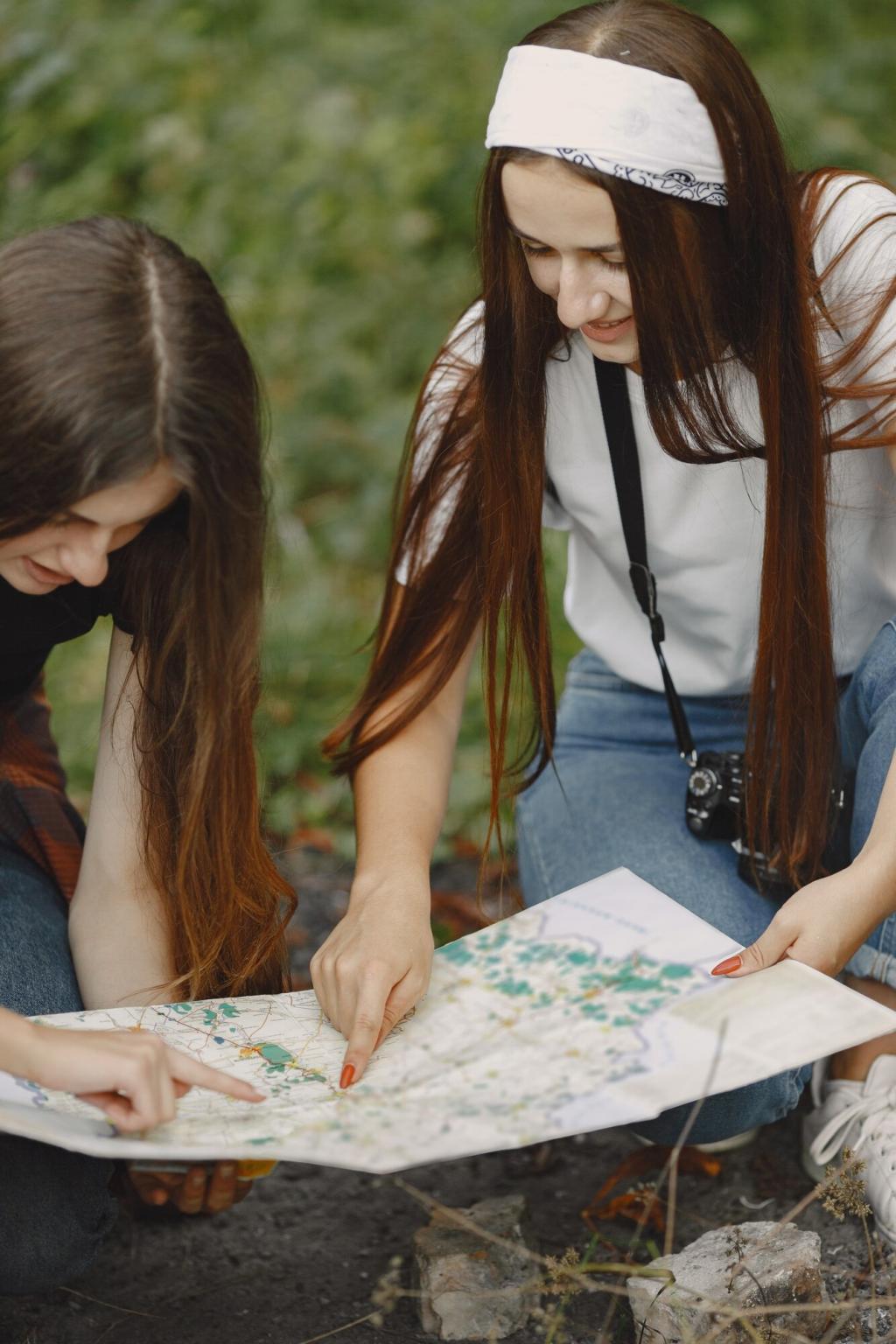
Historic sites—ranging from ancient temples to colonial-era buildings—serve as physical reminders of a community’s past. These landmarks are often the centerpiece of cultural tourism, attracting visitors interested in history and architecture. However, increased foot traffic and inappropriate development can threaten their structural integrity and authenticity. Preservation efforts must encompass both restoration and ongoing maintenance, guided by expert input and community involvement. When managed responsibly, tourism-generated revenue can fund these activities, ensuring that such sites endure as living links between past and present for both locals and visitors.
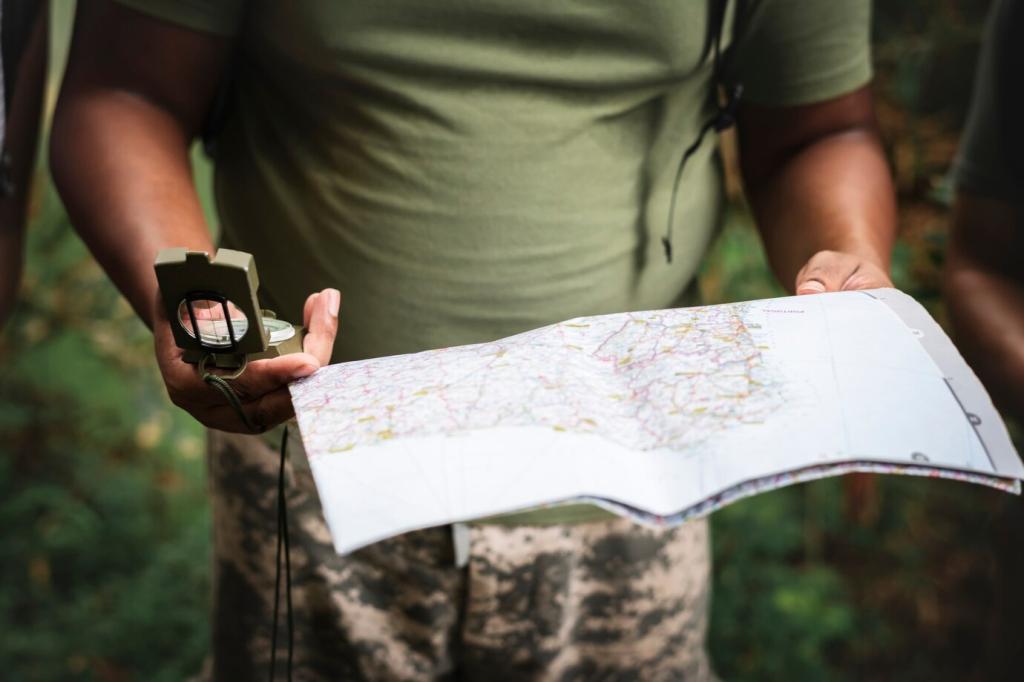
Languages are more than a means of communication; they are vital carriers of worldviews, stories, and identity. The influx of tourists, especially in smaller communities, often brings dominant global languages that can overshadow native tongues. Embracing multilingual tourism initiatives can help reverse this trend. Guided tours, signage, and storytelling in local languages foster pride and encourage intergenerational transmission. Simultaneously, visitors gain a deeper, more respectful understanding of place. By weaving indigenous and minority languages into the tourism experience, destinations actively safeguard this crucial piece of cultural heritage.
Balancing Tourism Growth and Community Well-being
01
Tourism, when thoughtfully designed, can generate significant economic opportunities for host communities. Cultural activities such as traditional crafts, performances, and guided heritage tours provide income streams while celebrating local uniqueness. Ensuring that these benefits are equitably distributed is central to cultural preservation. When community members gain ownership and agency over tourism initiatives, they are more likely to invest in maintaining their heritage. Conversely, if profits primarily benefit outside interests, resentment and cultural erosion can set in. Transparent business models and fair partnerships thus form the backbone of sustainable cultural tourism.
02
A successful cultural preservation strategy in tourism depends on inclusive and participatory management. Rather than imposing external visions, destination planning should engage local authorities, elder councils, artisans, youth, and other stakeholders. This approach respects traditional governance structures and ensures that developments align with community values. Through open dialogue, tourism can reflect host aspirations and foster stewardship. Robust consultation not only leads to more effective preservation outcomes but also deepens the sense of ownership and pride among residents. It is through such grassroots leadership that tourism becomes a true ally of cultural continuity.
03
With increased interest in cultural destinations, it becomes vital to manage visitor numbers and behavior to avoid negative consequences such as overcrowding, disrespect for sacred spaces, or cultural misinterpretation. Clear guidelines, responsible marketing, and visitor education all play a part in minimizing harm. Additionally, investing in infrastructure such as interpretive centers or guided routes can help disperse crowds and enhance appreciation for local heritage. By thoughtfully guiding visitor experiences, destinations safeguard their cultural treasures and ensure that tourism remains a force for positive exchange rather than exploitation.
The Role of Education and Interpretation
Interpretive Programs and Storytelling
Interpretive programs play a crucial role in translating cultural heritage into meaningful experiences for visitors. Through guided walks, museums, living history demonstrations, and interactive workshops, travelers gain insight into the deeper stories behind local traditions and sites. Skilled interpreters and storytellers personalize history, connecting listeners emotionally to the place. This form of engagement encourages visitors to act as allies in preservation, fostering appreciation and advocacy. Well-crafted interpretation demystifies culture and history without diluting their complexity, laying the groundwork for mutual understanding and respect.
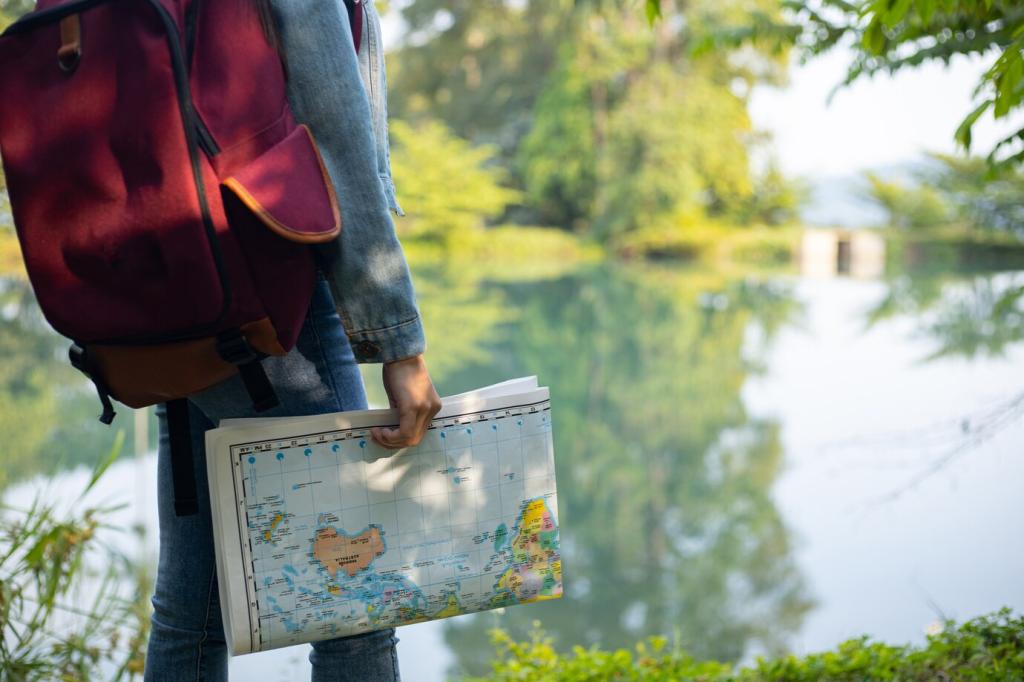

Training for Guides and Hosts
The quality of cultural tourism hinges upon the knowledge, sensitivity, and communication skills of guides and hosts. Comprehensive training programs equip these front-line ambassadors with in-depth understanding of local customs, etiquette, and heritage. They also prepare hosts to answer questions accurately and handle cultural differences with tact. By empowering guides to share authentic perspectives, communities ensure that visitors receive not only information but also a respectful introduction to local worldviews. Ongoing training allows for the incorporation of new research, languages, and interpretive techniques, continually enhancing the visitor experience and supporting cultural preservation efforts.
Join our mailing list
